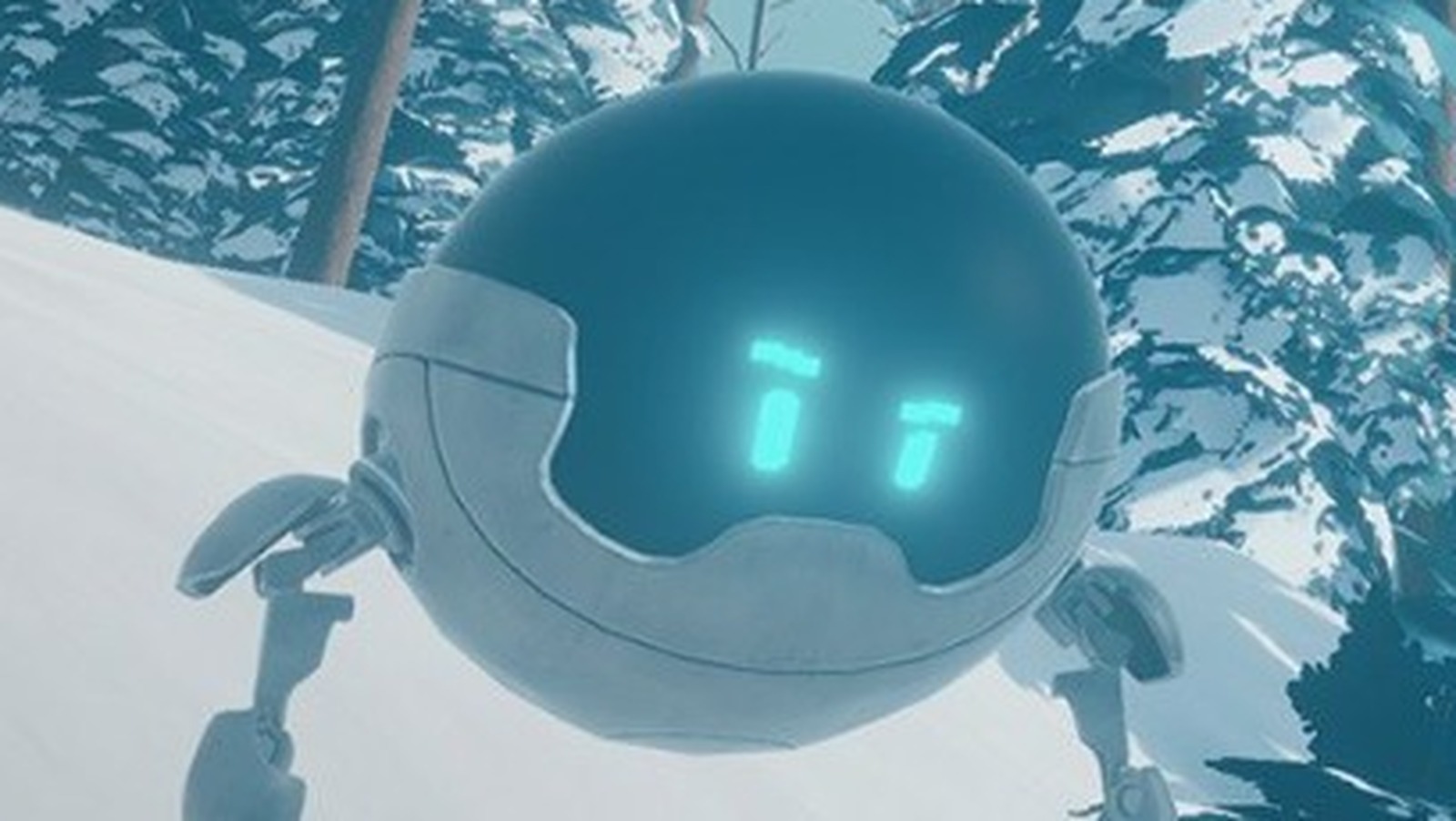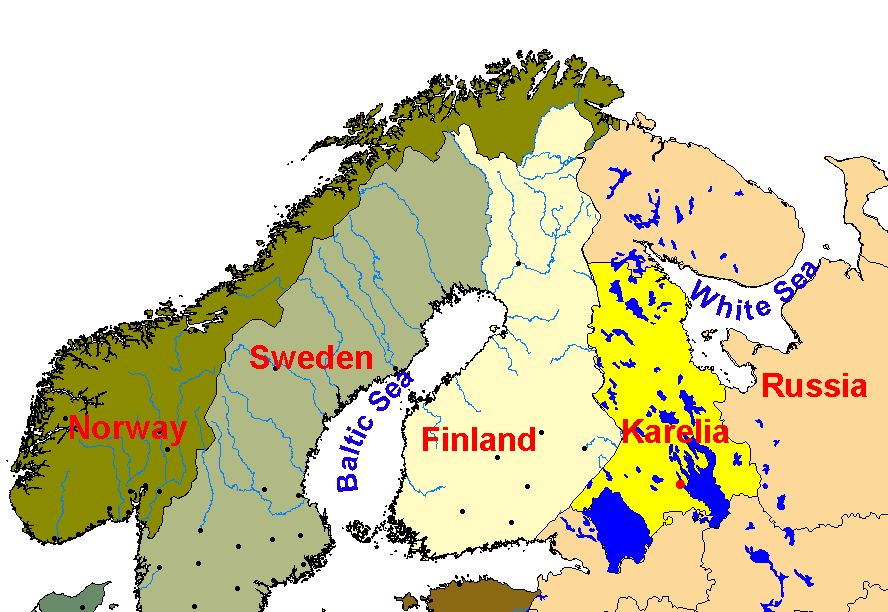
The exhibit was recently unveiled at a private event held at the Hatch Gallery of Contemporary Art. The botanical collection alone, known as the National Herbarium, numbers over one million specimens, including the world’s best representation of samples from the Canadian Arctic. The paintings are paired with Arctic flora specimens from the areas in which many of these paintings came to life.The specimen sheets were provided by the Canadian Museum of Nature, whom safeguards one of Canada’s largest natural history collections. Cory preserves on canvas the beauty and fragility of Arctic sites such as the Brock River Canyon, Croker Bay, Beechey Island, and many others. This Arctic Awakening collection passionately shares a changing landscape that many will never witness with their own eyes. And that the exhibition is inspiring conversation about the North, the Inuit, the power of nature, and the importance of humanity’s role in protecting it,” said Trépanier. After many years of solitary development, I am humbled to learn that others are being moved by my canvases. “Exploring and painting the Canadian Arctic has been challenging and awe-inspiring, bringing me face-to-face with some of the planet’s greatest natural wonders. Wagner LLC, and is currently on display at the Bateman Foundation Gallery of Nature in Victoria, B.C. Through perseverance and dedication to his vision, he has created over 100 oil paintings and three documentary films during the course of his Arctic expeditions. A collection of this work is featured in his INTO THE ARCTIC exhibition, presented by David J.

Over the last decade, Cory has travelled over 60,000 km to capture the spectacular landscape of the Canadian Arctic through paint and film. The exhibit is open to the public Monday – Friday, 9-4pm, until December 9th*.Ĭory Trépanier draws inspiration for his works by immersing himself into the landscapes of our planet’s furthest reaches. Arctic flora specimens displays were generously loaned by the Canadian Museum of Nature. The exhibit presents an intimate selection of Trépanier’s Arctic oil paintings including an 8’ high, in progress painting, of Mount Asgard, as well as his film Into The Arctic II. Finally, we assess potential future changes in vernal algal bloom phenology as a consequence of climate change, including their importance to different groups of grazers.Caledon, Ontario -Local artist, Cory Trépanier, is delighted to announce the launch of his “Arctic Awakening” exhibit in collaboration and partnership with the Hatch Gallery of Contemporary Art in Mississauga, Ontario. We also provide a pan-Arctic overview of sea ice algae standing stocks and primary production, and discuss the pertinent processes behind the geographic differences we observed. Using data from the area surrounding Resolute Bay (Nunavut, Canada) as an example, we support previous investigations that snow cover on top of the ice influences sea ice algal phenology, with highest biomass development, but also earliest termination of blooms, under low snow cover. We present here the first pan-Arctic compilation of available time-series data on vernal sea ice algal bloom development and identify the most important factors controlling its development and termination. Due to limited data availability an incomplete understanding exists of all the processes determining ice algal bloom phenology and the considerable geographic differences in sympagic algal standing stocks and primary production. The transition to the final phase III is then mainly driven by a balance of atmospheric and oceanographic forcing that induce structural changes in the sea ice and ultimately the removal of algal biomass from the ice. Phase II begins in the spring once light for photosynthesis becomes available at the ice bottom, although interaction with the water column and benthos remains limited.

This bottom ice algae community develops through three distinct phases in the transition from winter to spring, starting with phase I, a predominantly net heterotroph community that has limited interaction with the pelagic or benthic realms. As light returns at the end of winter to Arctic ice-covered seas, a first algal bloom takes place in the bottom layer of the sea ice. Marine ecosystems at high latitudes are characterized by extreme seasonal changes in light conditions, as well as a limited period of high primary production during spring and early summer.


 0 kommentar(er)
0 kommentar(er)
